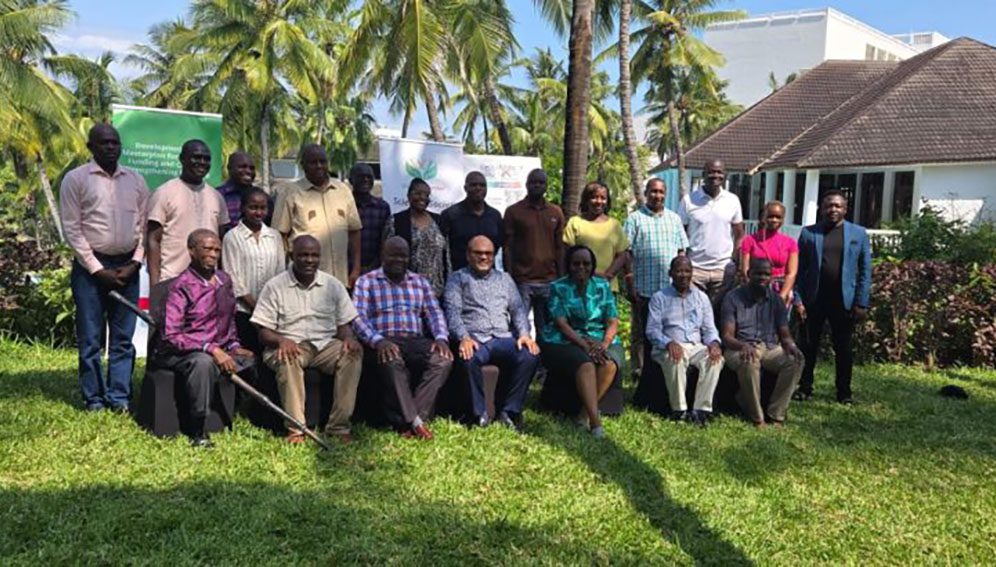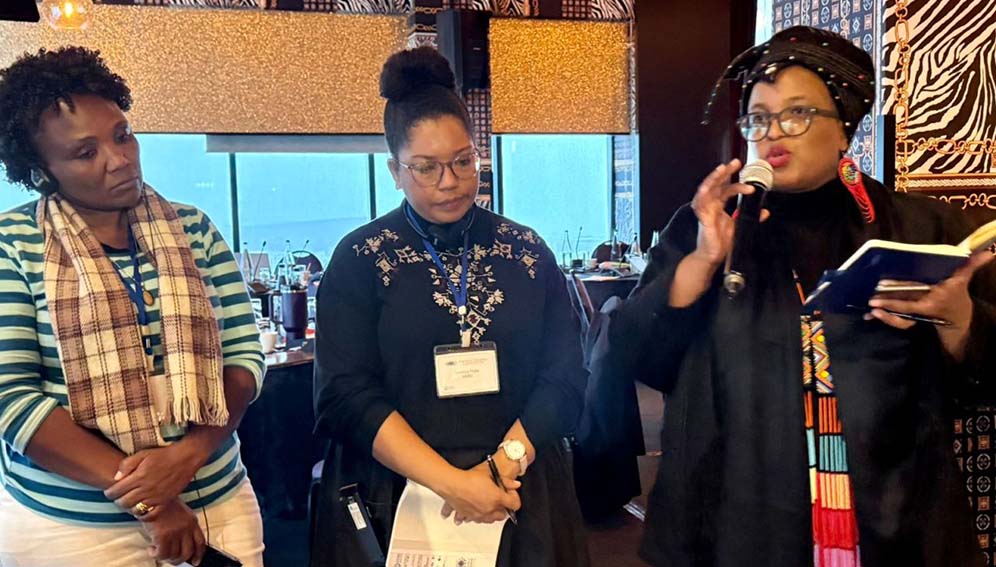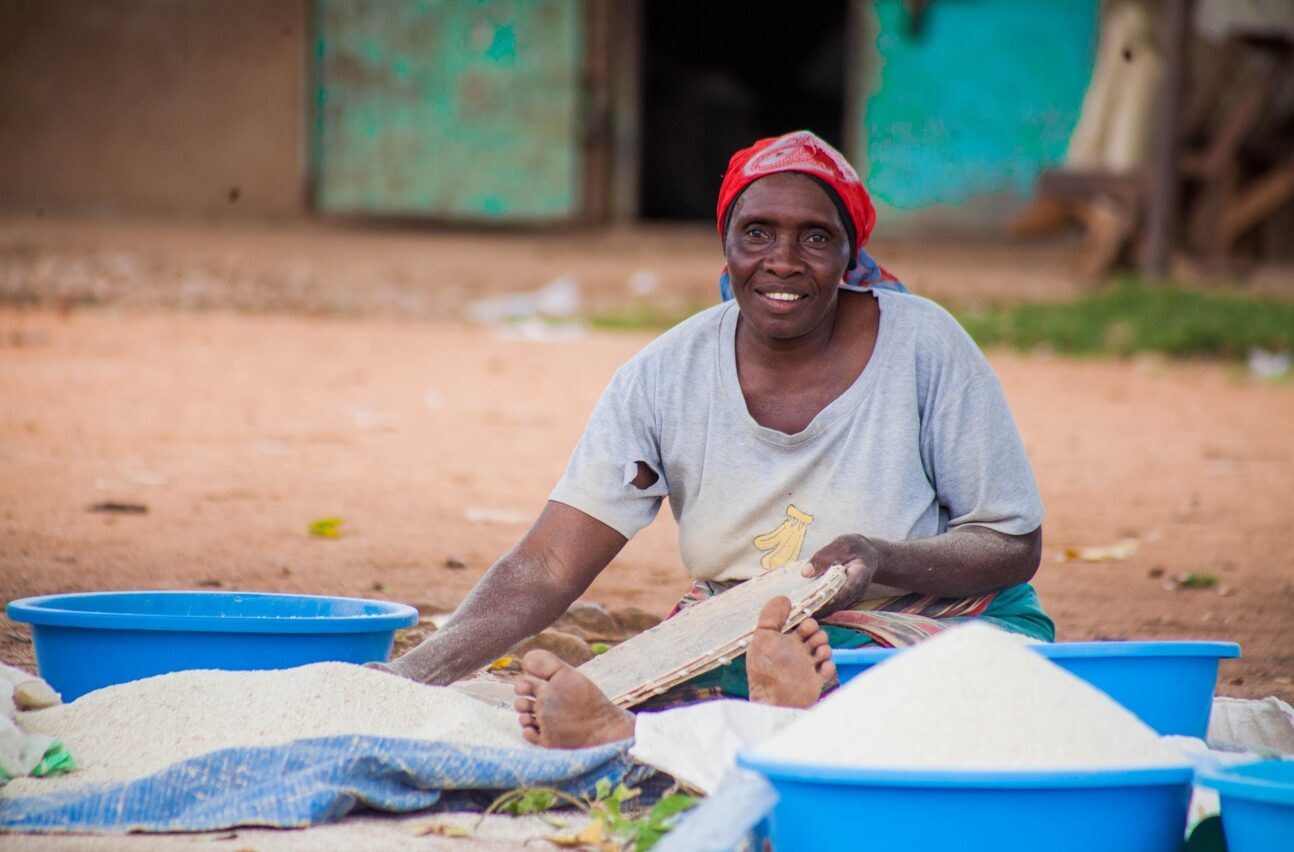SGCI News
Q&A with DR LILIAN HUNT Dr Lilian Hunt – Equality, Diversity and Inclusion in Science and Health (EDIS) lead at the Wellcome Trust in the UK and Chair of the…
Q&A with DR LILIAN HUNT
Dr Lilian Hunt – Equality, Diversity and Inclusion in Science and Health (EDIS) lead at the Wellcome Trust in the UK and Chair of the Advisory Board of the Gender Equality and Inclusivity (GEI) Project of the Science Granting Council Initiative (SGCI) led by the Human Science Research Council in South Africa – says early research in genetics opened their eyes to the way in which research systems excluded large numbers of people across the world. Now working at the nexus of behaviour change, social justice, health inequity and systems-thinking, Hunt has been able to bring evidence-based insights and big picture thinking to the GEI project. In this Q&A Hunt explains how building diversity into research design not only makes research findings more accurate but can also help to challenge social inequities.
Q: How can sex, gender and diversity analysis (SG&DA) be used to support better research outcomes?
A: SG&DAis essential to good research, improving the applicability of research and increasing the likelihood of equal outcomes from the benefits of research. When we don’t take these differences into account, we assume everyone is experiencing the world the same way – and we know that’s simply not true. So considering these differences within research not only makes it more accurate, but it can also challenge some of the inequities we see in society.
For example, if we conduct research into the experience and treatment of pain, not considering sex, gender and other differences can be problematic. At preclinical research level, where we investigate pain and dosages in animal models, we need to use male and female animal models when testing drug responses to ensure they have the same effect.
This extends to clinical research: we need to ensure that male and female and intersex participants are involved in clinical trials as there could be dose differences based on metabolic differences, body size, hormone profiles and other biological attributes.
After that we can think more holistically about the experience of pain with a gendered lens: what differences are there between men and women in how they are socialised to describe pain, when we seek medical treatment … Do doctors and clinicians treat people differently because of gender norms? (More information can be read here http://genderedinnovations.stanford.edu/case-studies/pain.html)
Q: The notion of SG&DA seems to be gaining traction in some parts of the world – the European Commission, for example, has embraced gender equity and inclusion in some of its policies … Beyond research funding agencies, however, do you think there’s also a growing awareness of its value?
A: Definitely. Some of the policies that are in place relating to including sex, gender and diversity analysis are really ‘maturing’ now, so it is possible to observe over a period of five to 10 years the difference they’re making. These are now making their way into academic publishing with journals asking for this analysis in their own policies.
I’d also say that COVID-19 is a real-world example of why and how SG&DA should be included in research – it has affected people in different ways because of their biology, their social roles and their inclusion within research or not (particularly pregnant people originally being excluded from vaccine trials).
Q: What is the value of specifically targeting funding agencies when it comes to G&I policy development?
Funding agencies are the backbone infrastructure of research in any country. They hold the funds and determine how those funds get spent. So if funding agencies decide that the quality of research needs to be improved, by including SG&DA they can raise the bar and threshold that research proposals need to meet to get funding.
They are also the most connected with policy makers and government so can be responsive to national priorities, including those of gender equality and inclusivity.
Fundamentally, research funded by taxpayers and the government should be for the benefit of the whole population, and where SG&DA hasn’t been standard or mandatory so far, we’ve seen huge chunks of the population missing out. Ultimately, that is unfair and is a matter of social justice. Funding agencies have enormous power and a responsibility to rectify that.
Q: How and why did you get involved in the African Science Granting Councils Initiative (SGCI) currently being coordinated by the HSRC and others? And how do you see your role in the initiative’s upcoming Gender, Equality and Inclusivity (GEI) project?
Through publishing the review of funding agencies [the basis for the development of a framework to improve inclusive research policies and future research design],
(https://www.science.org/stoken/author-tokens/ST-768/full), I made connections globally with individuals located within research systems that they are actually trying to change.
The team at the HSRC are a group of those people who see the status quo as something to be challenged and they invited me to support the project. I’m bringing the research and evidence from other funders and policies so that any changes are rooted in evidence and we can use the learnings from past missteps.
I hope to also provide strategic insight for the project – thinking about the big picture and impact in the large global research ecosystem. There are plenty of opportunities for funders to lead the way in addressing the gaps that exist, such as monitoring and evaluation of policies.
Q: What has been the most interesting part of the work thus far? What has been the most challenging?
I’ve really enjoyed learning about the different drivers of funding agencies’ priority areas and ways of working – whether that involves links to government, ministers, budgetary, national strategies or academia. The variation is huge and really interesting, which is part of the challenge, but exciting in terms of the opportunities each opens up for ‘how’ to embed SG&DA. Every funder has some bureaucracy and finding those lightbulb moments of levers that could be pulled, decision makers and power holders is difficult but exciting. This is the key to turning ideas into policy and policy into practice.
Q: Could you tell us a little bit about yourself and how you became involved in SG&DA work?
My bachelor’s degree is in molecular genetics and my PhD is in genetics – studied through systems and developmental biology. Conceptually, that work is really transferable as it involves thinking about large, complex systems and how to change the behaviours within them to shift the whole system’s outcome in a certain direction.
For my PhD that involved thinking about genetic changes that would change gene expression in developing embryos that would alter how that embryo physically developed. What changes were necessary for us to see a difference? What combination was sufficient for change? What were the thresholds?
On top of that I learnt a lot about how genetics research was exclusionary to large numbers of people across the world – from only researching certain populations to not considering epigenetics and social factors in relation to genetic factors when thinking about health. This combination of behaviour change, social justice, health inequity and systems-thinking is where I’ve carved my research and work so far and hope to make a significant contribution to this project and equality in society.
Related News
NRF Kenya leads first-ever national master-plan for research funding
The National Research Fund (NRF) Kenya is leading the development of the country’s first-ever Masterplan for research funding. The Masterplan is a strategic step toward transforming Kenya’s research landscape. Backed by strong government support and international partnerships, the Masterplan aims to align national research investments…
TETFund, Innov8 Hub showcase innovations at research demo day
The Tertiary Education Trust Fund (TETFund) and Innov8 Hub have concluded the Science Granting Councils Initiative (SGCI) Demo Day, an event that highlighted Nigeria’s growing capacity to transform academic research into market-ready solutions. TETFund, Nigeria’s representative council for SGCI, partnered with Innov8 Hub to support…
HSRC pushes for inclusive research systems at SGCI gender summit
The Human Sciences Research Council (HSRC) hosts the Science Granting Councils Initiative (SGCI) Gender Equality and Inclusion (GEI) learning summit and calls for a more inclusive research landscape. The event marked the culmination of a three-year project aimed at embedding gender equity and inclusivity into…
Research and Resources
SGCI funded projects
Zambia’s top researchers pioneer solutions for climate resilience, food security, economic growth
Project Titles & Institution Areas of Research Number of Projects being funded Project Duration Grant Amount In-Kind Distribution Council Collaboration with other councils





